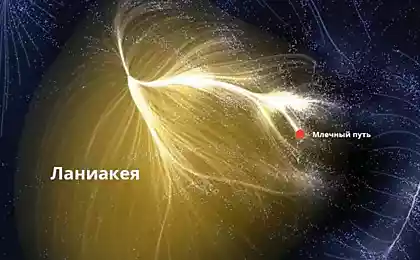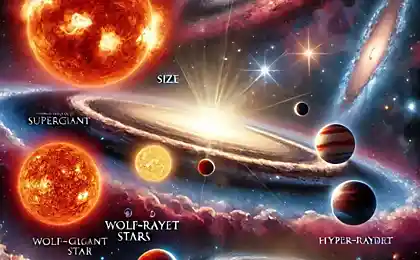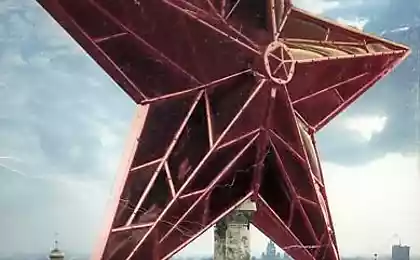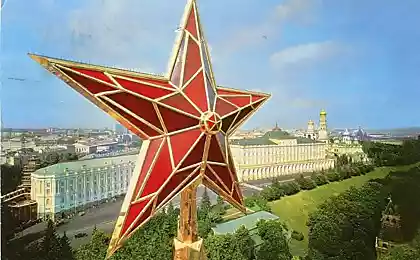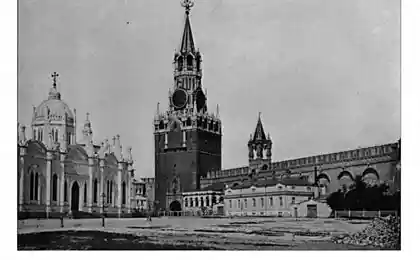1697
Stellar evolution - how it works

People have long occupied the causes of burning stars in the sky, but really understand these processes, we have the first half of the 20th century. In this article I tried to describe all the basic processes that occur during the life cycle of stars.
The birth of stars
Star formation begins with the molecular cloud (which include 1% of interstellar matter by weight) - do they differ from the ordinary to the interstellar medium of gas and dust clouds that have sufficient density to atoms began to form molecules (mainly - H²). Of course, this property does not matter much, but it is of great importance increased density of matter - depends on whether the general form a protostar, and how long it will take.
Sami these clouds, with a low relative density, due to their sheer size can have a significant weight - up to 10 6 sup> solar masses. Newborn stars who failed to discard the remains of their "cradle" of their warm up, that for such large clusters very "effectively" looks beautiful and is a source of astronomical pictures:
97,579,403
"Pillars of Creation" and a video about this picture telescope "Hubble»:
Omega Nebula (of the stars - is a "background", the gas glows due to heat radiation from the stars):
12,959,909
The process of discarding the remnants of the molecular cloud caused by the so-called "solar wind" - a stream of charged particles that are accelerated by the electromagnetic field of the star. Sun loses due to this process a million tons of matter per second, for him (mass 1, ± 98855 0 00025 * 10 27 sup> t) - utter nonsense. The particles themselves have a huge temperature (of the order of a million degrees) and speed (400 km / s, and 750 km / s for two different components):
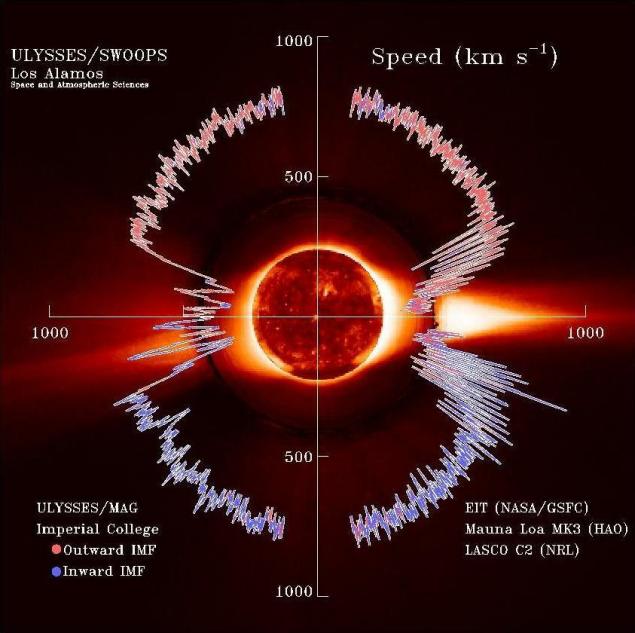
However, the low density of the material means that any harm they cause can not.
When people start acting gravitational forces compress the gas causes a strong heating due to which thermonuclear reactions begin. The same heating effect of colliding material served as the basis for the first direct observation of exoplanets in 2004:

Planet 2M1207 b at a distance of 170 St. years away.
However, the distinction between small stars and planets, gas giants consists precisely in the fact that their weight is not enough to maintain the initial fusion reaction, which generally is the formation of helium from hydrogen - in the presence of catalysts (the so-called CNO-cycle - it is valid for the stars I and II generation, which will be discussed below):
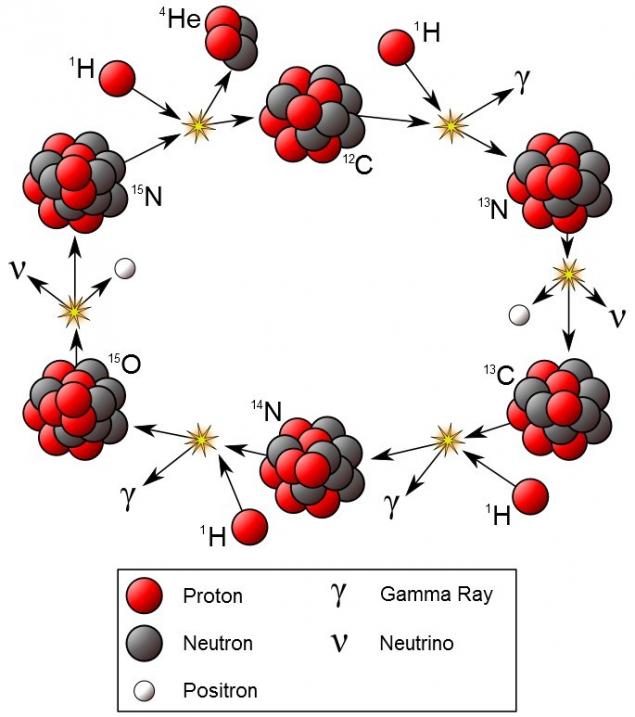
We are talking about just a self-sustaining reaction, and not just on the availability of its fact - because even though the energy for this reaction (and hence temperature) is strictly limited to the bottom, but the energy of the motion of individual particles in the gas is determined by the distribution of Maxwell:
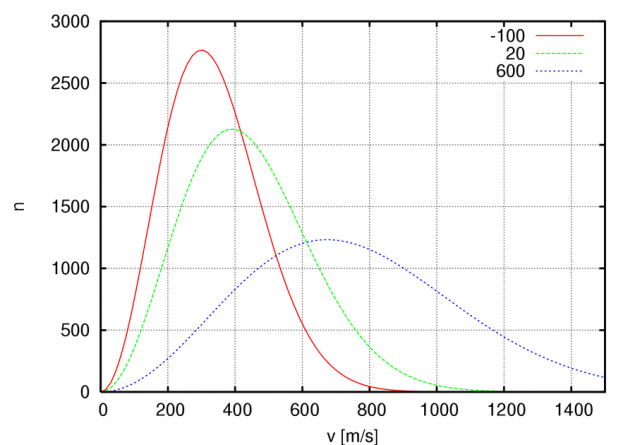
And so, even if the average gas temperature is below the "lower boundary" fusion reaction is 10 times, there will always be "quirky" particles that collect energy from its neighbors, and its gain is enough for a single event. The higher the average temperature - the more particles can overcome the "barrier", and the greater during these reactions release energy. Therefore recognized boundary between the planet and the star is the threshold at which the fusion reaction takes place not only, but also allows you to maintain the internal temperature in spite of the radiation energy of its surface.
The Star population
Before we talk about the classification of stars, it is necessary to digress and go back 13 billion years ago - at a time when, after the recombination first stars began to appear. This point is for us would seem strange - because no stars except blue giants at the moment, we would not have seen. The reason for this - the lack of the early universe, "metals" (as in astronomy since all substances called "heavier" helium). Their absence meant that the deck of the first stars was required significantly greater weight (within the 20-130 solar masses) - because without the "metal» CNO-cycle is not possible, and instead of it just goes straight cycle = hydrogen + hydrogen, helium. That should have been a stellar population III (because of their enormous weight, and the early appearance - in the visible part of the universe no longer exists).
Population II - it is the stars that formed from the remnants of the population III stars, they are more than 10 billion years old, and already contain in their composition "metals". Therefore, once in this moment, we would not have noticed any particular oddities - among the stars were already present, and giants, and "middling" - as our star, and even the red dwarfs.
Population I - this is already the stars are formed from the second generation of supernova remnants, containing even more "metal" - this includes most modern stars and our sun - including.
Classification Stars
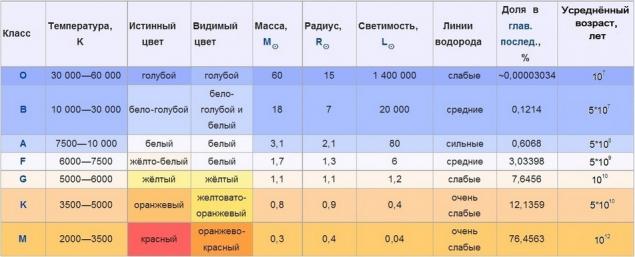
Modern classification of stars (Harvard) is very simple - it is based on the separation of stars by their colors. In small stars reactions proceed much more slowly, and this causes a disproportionate difference in surface temperature, the greater the mass of the star - the more intensively with its surface radiation goes:

Color distribution, depending on the temperature (in degrees Kelvin)
As seen from the graph above the Maxwell distribution, increasing reaction rate as a function of temperature increase not linearly - as the temperature approaches the "critical point" is very close reactions begin to occur ten times faster. Therefore, the life of the big stars can be very short in astronomical scale - only a couple of million years, it is nothing in comparison with the calculated lifetime of red dwarfs - in a trillion years (for obvious reasons, no such stars have not yet extinguished, and we are in this case we can only rely on the calculations, but the duration of their lives - obviously more than a hundred billion years).
Life of a Star
The lives of most stars on the main sequence proceeds, which is a curved line extending from the upper-left to lower-right corner:
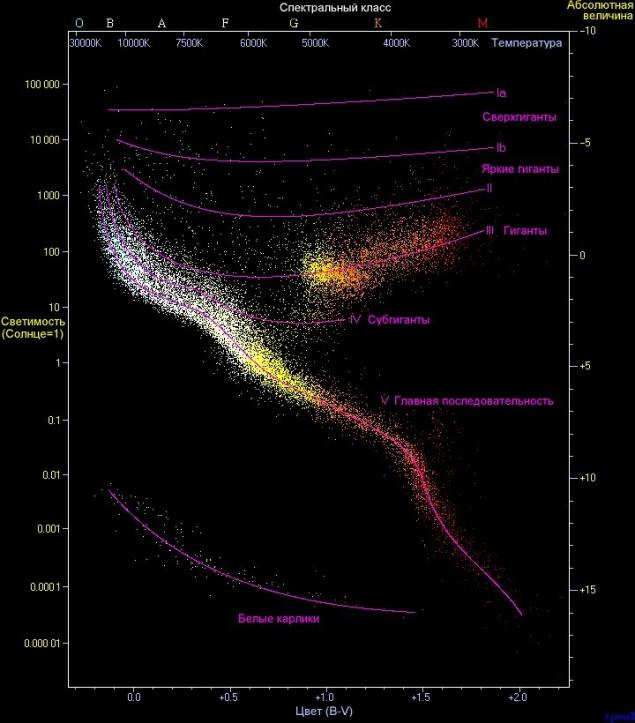
Hertzsprung - Russell
This process can seem pretty bleak: the hydrogen is converted into helium, and the process continues, millions, even billions of years. But in fact, at the Sun (and the rest of the stars), even during this process on the surface of (and in) all the time something happens:
Video of the 5-year period, made from photos "Solar Dynamics Observatory» NASA launched the program "Living with a Star", displayed in the form of the sun visible, ultraviolet and X-ray spectra of light.
The entire process of thermonuclear reactions in stars is as heavy hydrogen - helium - beryllium and carbon, and then start to go several parallel processes, ending with the formation of iron:
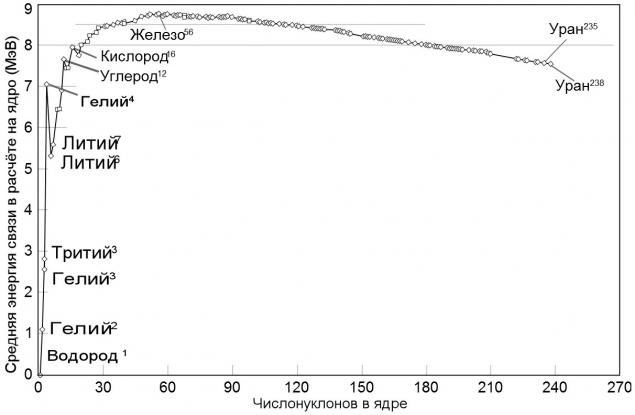
This is due to the fact that the iron has a minimum binding energy (rate per nucleon), and further reactions have been going to the absorption rather than the release of energy.
The completion of existence
Occurring at the same process can be divided into four scenarios:
1) From the mass depends not only on the length of a star's life, but also how it will end. For the "youngest" of stars - brown dwarfs (class M) He will end after hydrogen burning. But the fact that the transfer of heat in them is carried out exclusively by convection (stirring) means that the star makes the most of his entire stock. And also - the most carefully it will spend many billions of years. But after spending just hydrogen - the star slowly cools, and will be in a state of solid ball (on the similarity of Pluto), consisting almost entirely of helium.
2) Next, go heavier stars (to whom is our Sun) - plenty of it, a possible future star is bounded above by 1, 5 - 3 solar masses (the limit Oppenheimer - Volkov). Star has enough weight to lit up the reaction of carbon from the helium (of course, the most common nuclides - helium-4 and carbon-12). But the reaction of the hydrogen-helium does not cease to go - just the area of the flow pass into the external, still saturated with hydrogen layers of the star. The presence of two layers, in which thermonuclear reactions leading to a significant increase in luminosity, which causes "bloat" in size stars.
Many people mistakenly believe that until a red giant, the luminosity of the Sun (and similar stars) gradually decreases and then begins to rise sharply, in fact, increase the luminosity comes the whole body of a star's life:
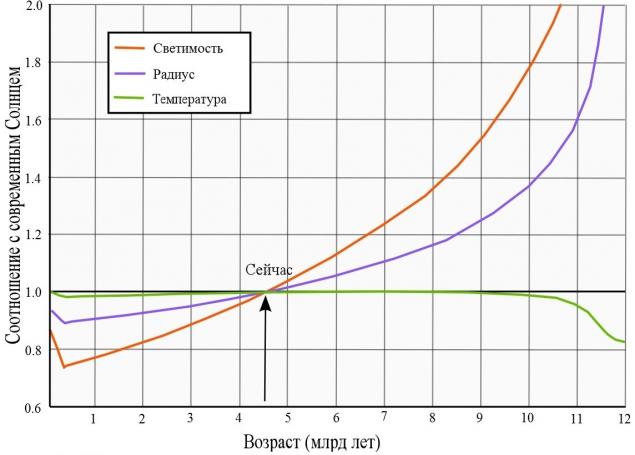
And based on that build false theory that in the long run - Venus is the best option for settling a man - in fact, to the point where we will have the technology to terraform modern Venus, they can be hopelessly outdated, and simply useless . The more recent data on the Earth, has a good chance to go through a state of "red giant" of the Sun, on its border, but Venus - no chance, and "all that is acquired back-breaking labor" - will be part of a "plumper" sun.

During the red giant star is not only significantly increases the luminosity, but also begins to rapidly lose weight at the expense of those processes fuel supplies quickly run out (this step is at least 10 times smaller than the hydrogen burning phase). After that, the star shrinks, becomes a white dwarf and gradually cooling down.
3) When the mass above the first limit, the mass of such stars is enough to ignite the subsequent reactions, including the formation of iron, these processes will eventually lead to the explosion of a supernova.
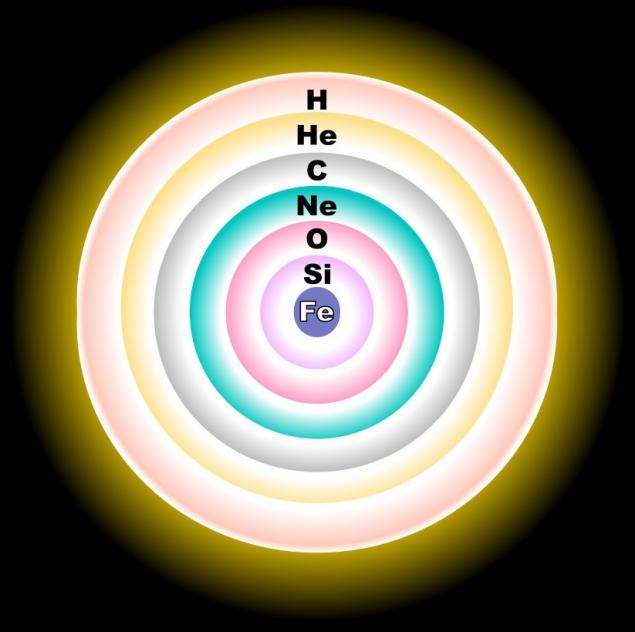
The iron is almost not involved in fusion reactions (and accurately - not emit energy) and collected in a center of the core as long as the pressure exerted on it from the outside (and the force of gravity inside the kernel itself) does not reach the critical point. At this point, the force compressing the core of the star becomes so strong that the electromagnetic repulsion is no longer able to retain the substance of the compression. Electrons are "pressed" in the atomic nucleus, and neutralized with protons, so that inside the nucleus are almost one neutron.
This moment is a quantum basis, and has a very clear line, and the nucleus - consisting of a fairly pure iron, so that the process is drastically faster. It is expected that this process occurs in seconds, and the volume of the nucleus falls 100 000 times (and thus increasing its density):
The surface layers of the star found himself without support from below rush inland, falling form a "ball" of the neutron matter bounces back and there is an explosion. Blast waves, rolled through the thickness of the star creates a seal, and the temperature rise of the substance that are starting to go the reaction with the formation of heavy elements (up to uranium).
These processes are based on neutron capture (r-process and s-process) or proton capture (p-process and the rp-process), with each such reaction of a chemical element increases its atomic number. But under normal circumstances, such particles do not have time to "catch" one more neutron / proton and decays. In the processes occurring inside the supernova reactions are so fast that the atoms have time to "skip" a large part of the periodic table, and not broken.
Thus the formation of a neutron star:
4) When the mass of the star exceeds the second, the Chandrasekhar limit (1 to 39 solar masses already formed supernova remnant), during a supernova explosion is still too large mass of material, and the pressure is not able to hold back even a quantum force.
In this case - meaning the limit due to the Pauli principle, showing that this two particles (in this case - we are talking about the breeder) can not be in the same quantum state (based on this structure of the atom, consisting of electron shells, the number of which is gradually increasing with the atomic number).
The pressure squeezes the neutrons, and further process becomes not pay - all material contracts to a single point and a black hole is formed. She herself had no effect on the environment (except for the gravity of course), and can be released only at the expense of akkreatsii (simply - fall) the substance on it:
43,682,465
As can be seen on the sum of all these processes - the stars is a real storehouse of physical laws. And in some areas (neutron stars and black holes) - a real natural laboratory with extreme states of matter and energy.
Links:
review article on galspace
Postnauka - Neutron stars and black holes (video series):
Source: geektimes.ru/post/265416/

